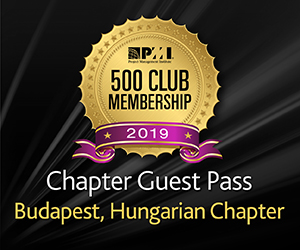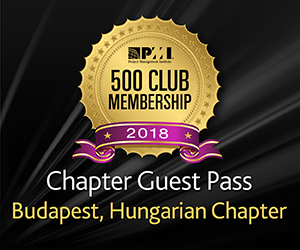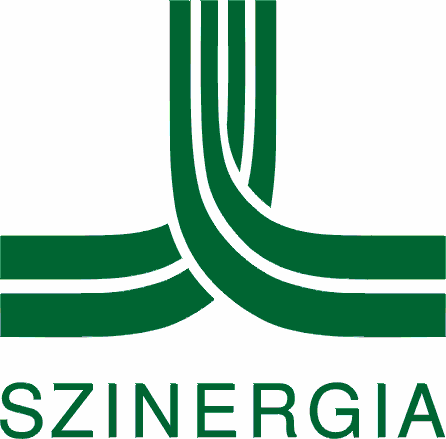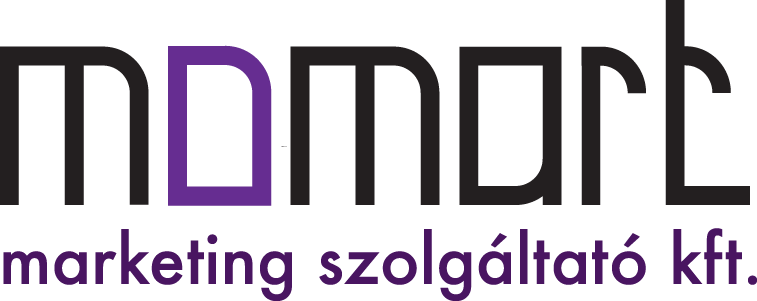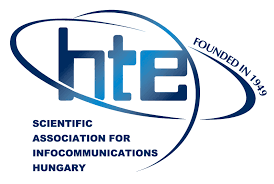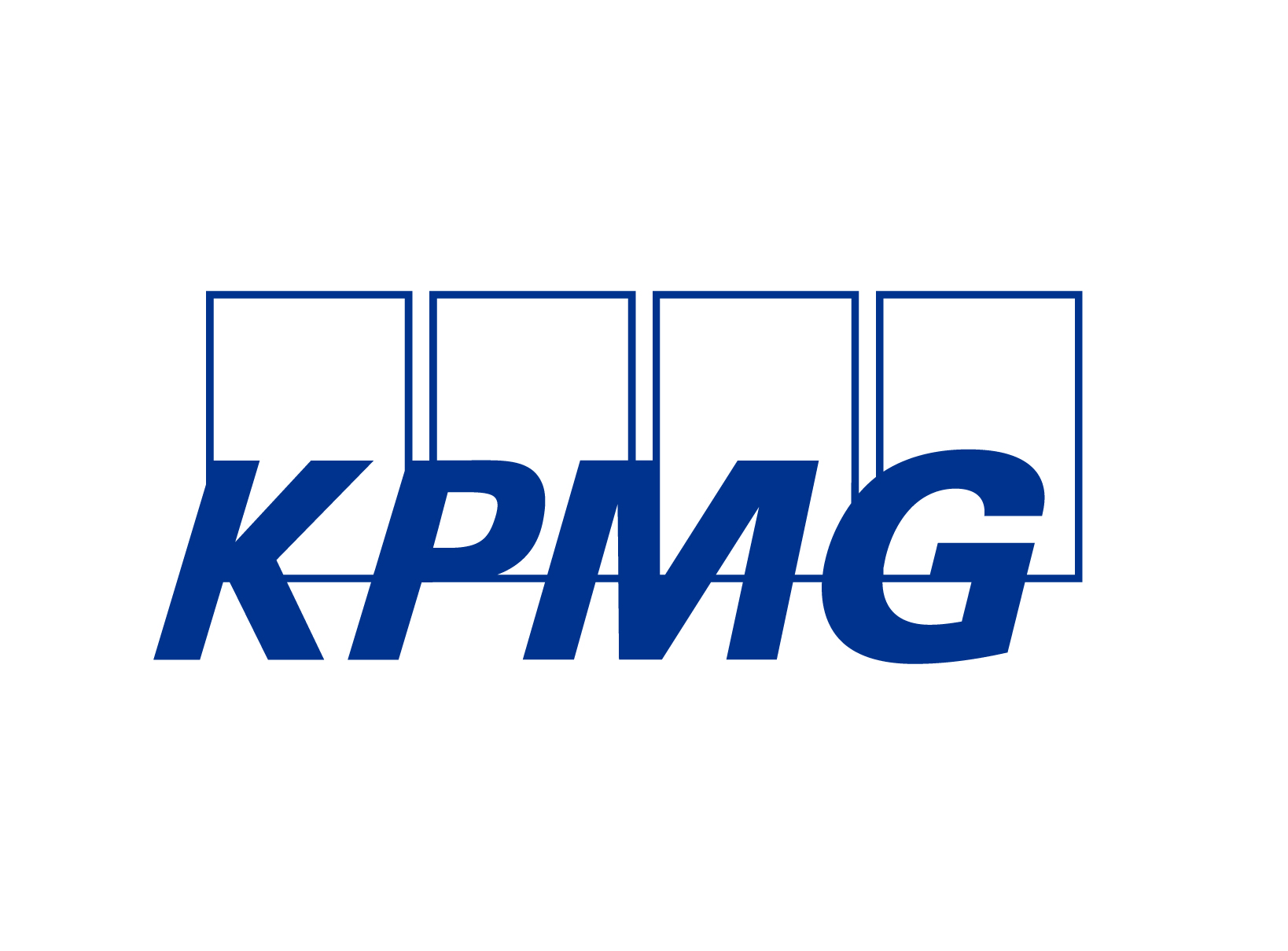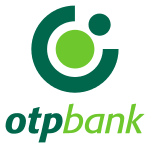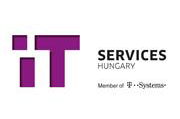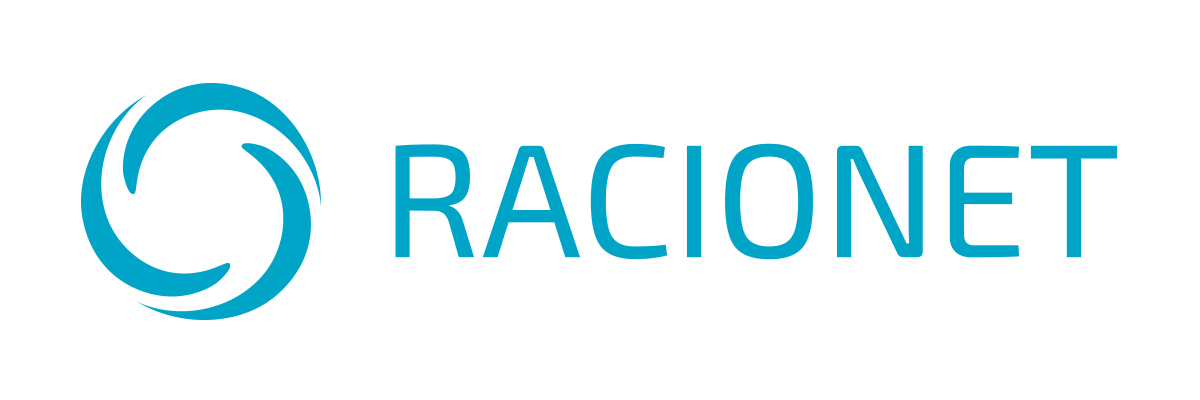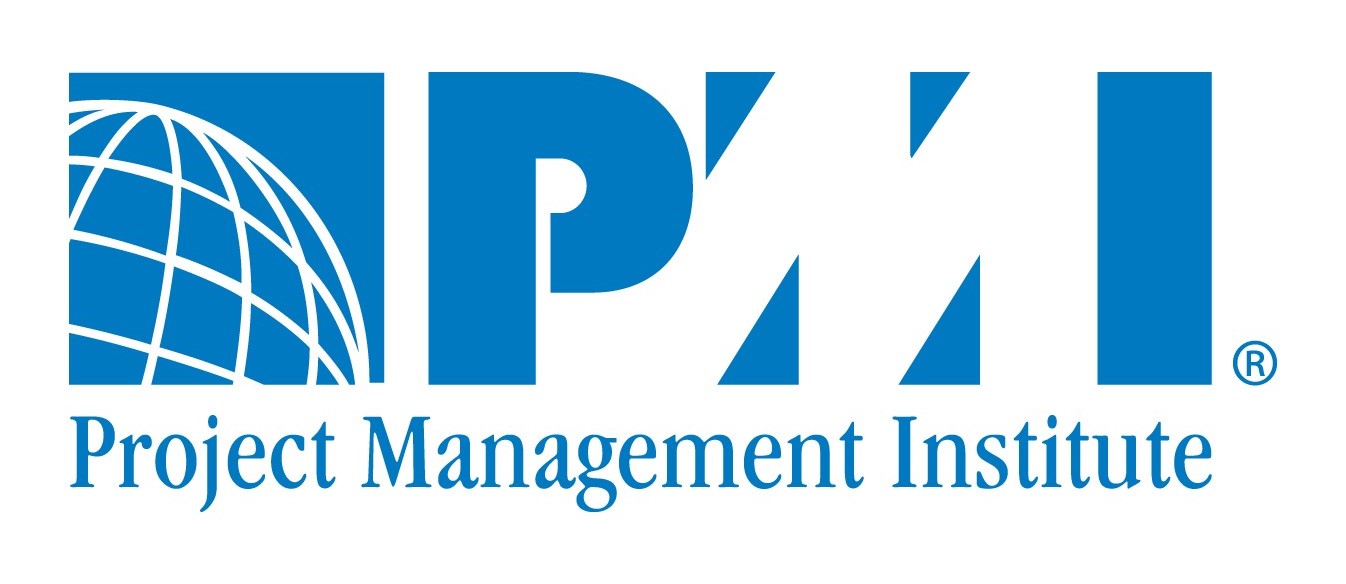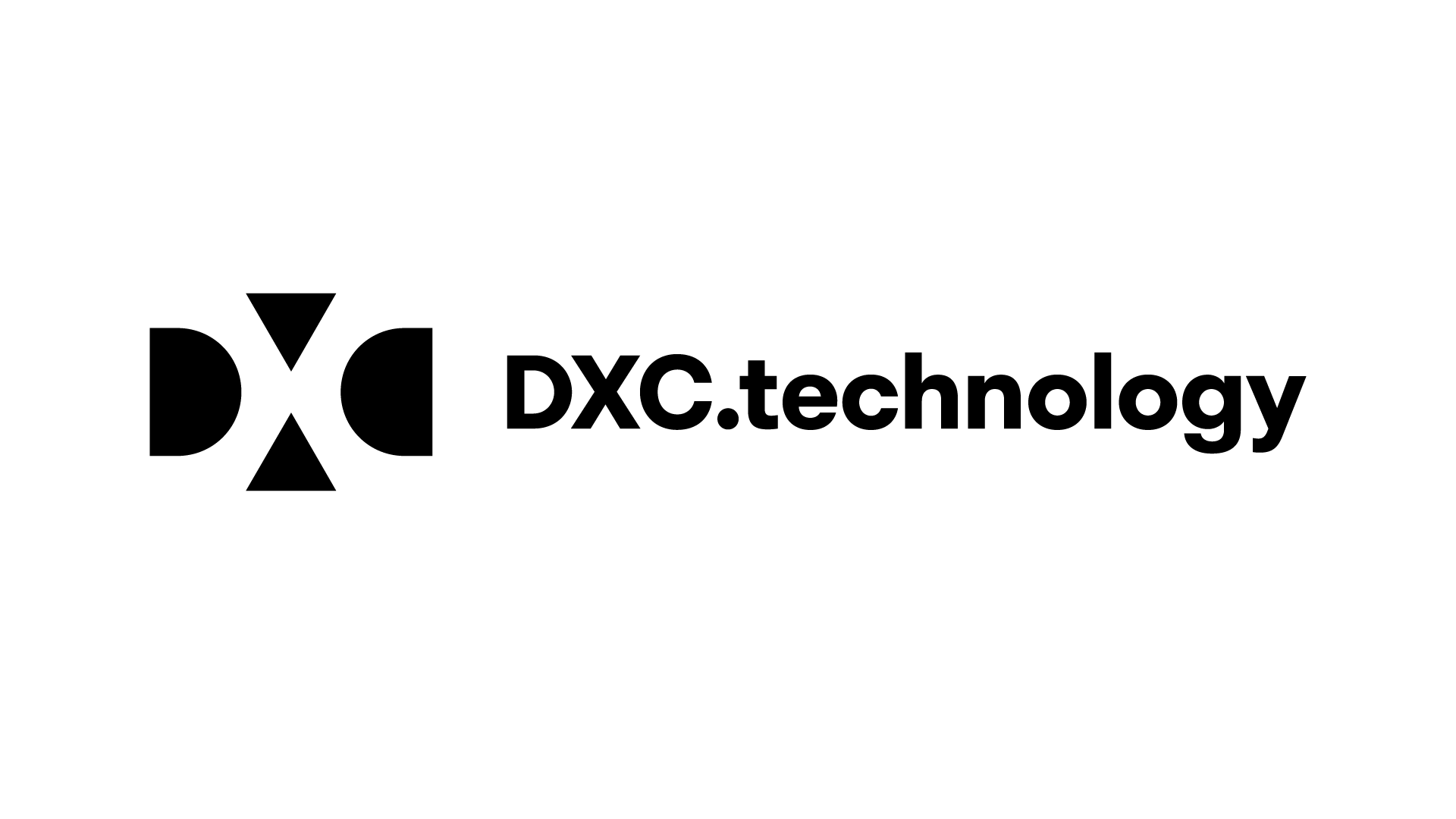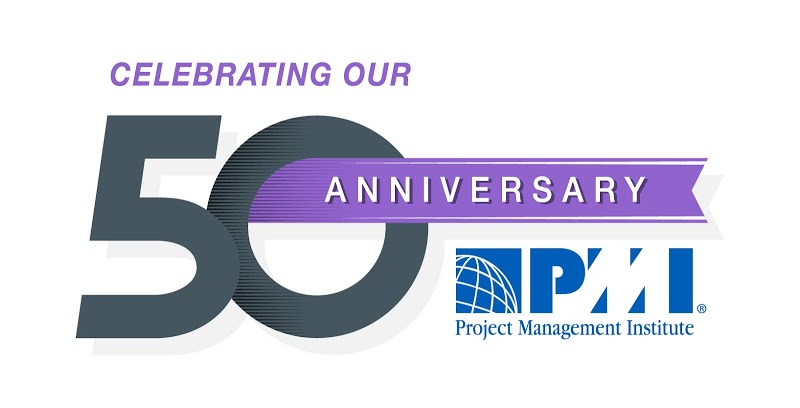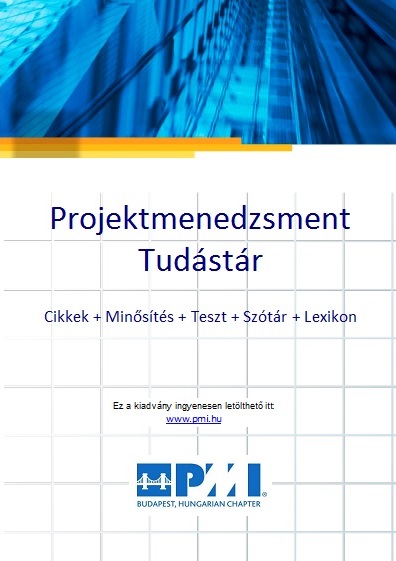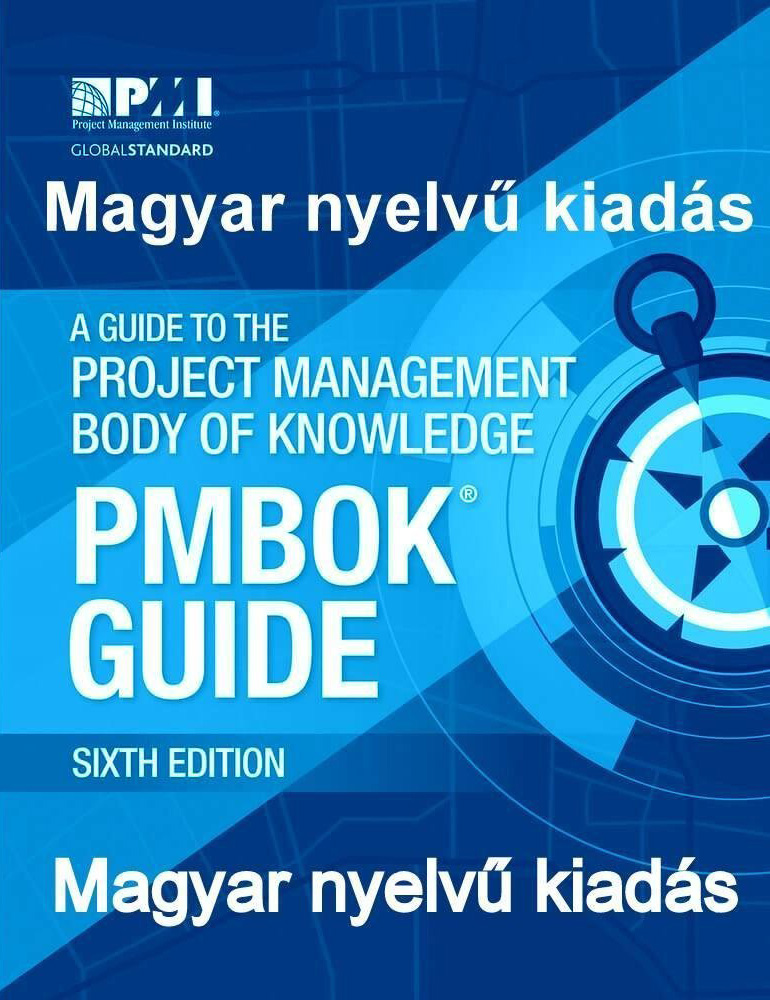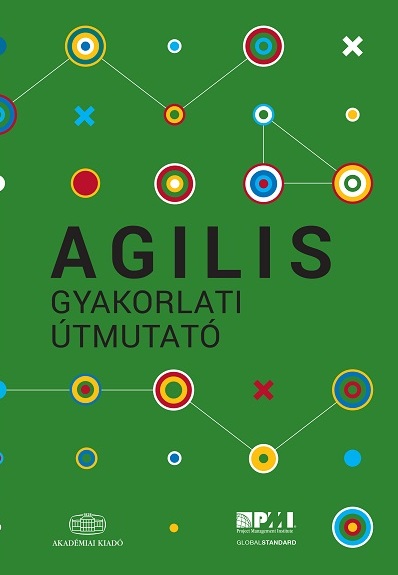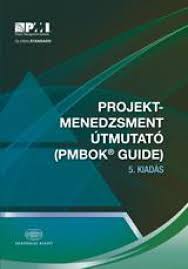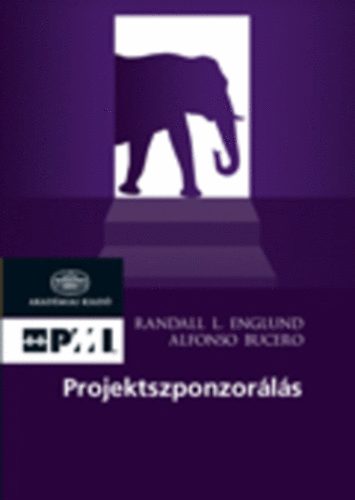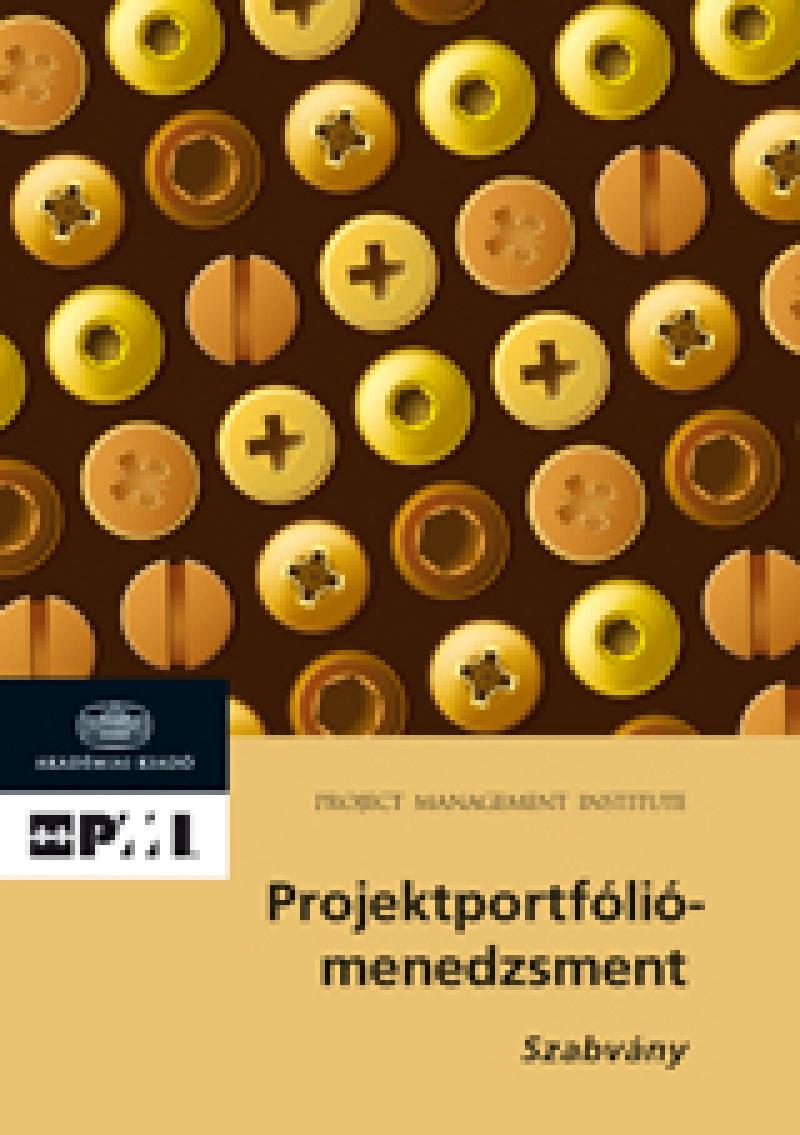PMI Budapest Hungarian Chapter will organize its 6th Art of Project conference on 8th November!
One of our key speakers is Brad Bigelow, advisor and founder of NATO’s IT PMO, who will talk about project outcome: the key to benefits realization.
Outcomes, not Outputs: Getting Project Management Right – by Brad Bigelow
“I’ve been managing and overseeing projects for nearly 40 years, and every year I’ve become more convinced that we’re doing it wrong. Starting with the basics. According to PMI, a project is “a temporary endeavor undertaken to create a unique product, service, or result.” If you look up what a product, service, or result is, you’ll find they’re almost always described in terms of things: deliverables, artifacts, documents, hardware, software, facilities.
It’s true that much of the work in planning and executing a project is involved with its outputs. But our fundamental mistake is in confusing outputs with outcomes. Let me try to explain with a little story. Many years ago, a woman living next door to me fell in love with the Citroën 2CV (the legendary “Deux Chevaux”) and decided to buy one. As she was in Ohio, this meant she had to arrange to have one imported from France. When it finally arrived, she was delighted and immediately began driving it around the town.
After a few months, however, someone stole her gas tank cap. Not long after, one of the headlights was cracked by a stone thrown up by a truck she was following. Then a windshield wiper was broken by some vandal. When she took the car to the mechanic to get it fixed, she learned that it would take a month or more to get replacement parts: they would have to be shipped from France, after all. So while she waited, the car sat, unsafe to drive. It only took a couple of experiences like this for her to decide to sell the 2CV and buy another car—something she could more easily get repaired.
The point of the story is that what my neighbor really wanted was not a Citroën 2CV but a car that was reliable and repairable. A Citroën 2CV was certainly cute, but when it wasn’t safe to drive, she had no car to get to work or do her shopping. In other words, she had the output from her car-purchasing project, but she didn’t get the outcome she wanted.
If my neighbor had thought in terms of outcomes, she would probably have decided against the Citroën 2CV. Cute and quirky it certainly was. But had she talked to her mechanic and considered the problems of getting parts, she would have seen that there was a high risk of finding herself without a car to drive.
I’ve seen my neighbor’s experience with her Citroën 2CV repeated time and time again in projects. An organization launches a project and focuses entirely on its deliverables. When is the building going to be ready? When will the new computer system get turned on? What will the new website look like? How much will the new machinery cost? This focus is quite understandable: it’s much easier to talk about schedule, cost, appearance, and features than it is to talk about the outcomes we aim to achieve after the deliverables are delivered.
But outcomes are rarely achieved the moment the new computer system gets turned on or the day we move into the new building. They come gradually, over the weeks and months and years as we work with or use or live in the outputs of a project. It’s not unusual to discover that some aspect of a product or facility that we’d never considered proves to be annoying or unreliable—or an unexpected advantage.
If there was just one thing I could require all project managers to do, it would be to take time, early in defining the project scope and with the participation of any many stakeholders as possible, and ask, “What do you want to be able to say six months after the last deliverable has been accepted? A year after? Five years after?” The answers to these questions will tell a project manager more about outcomes than outputs. Because the difference between the day a deliverable is accepted and a day six months or a year or five years later is use. Day-in, day-out use. Normal wear and tear. Routine maintenance, housekeeping, trouble tickets, refills, recurring transactions, new users, new support staff.
Inevitably, this kind of discussion brings out the less glamorous considerations that tend to get overlooked when we focus on outputs. Usually, it’s the “ilities”: reliability, maintainability, availability, utility, supportability. The things that make the difference between a car that gets us to work day after day and one that has to sit in the driveway waiting for parts to arrive.
Focusing on outcomes instead of outputs doesn’t mean that the other tools and practices of project management aren’t still needed. We’ll still need a schedule, budget, plan, controls, and collaboration and communication with stakeholders. But we’ll be aiming at a fundamentally different target: at delivering value instead of things. And we’ll have a much better chance of achieving that outcome.”
You can register the conference here.

